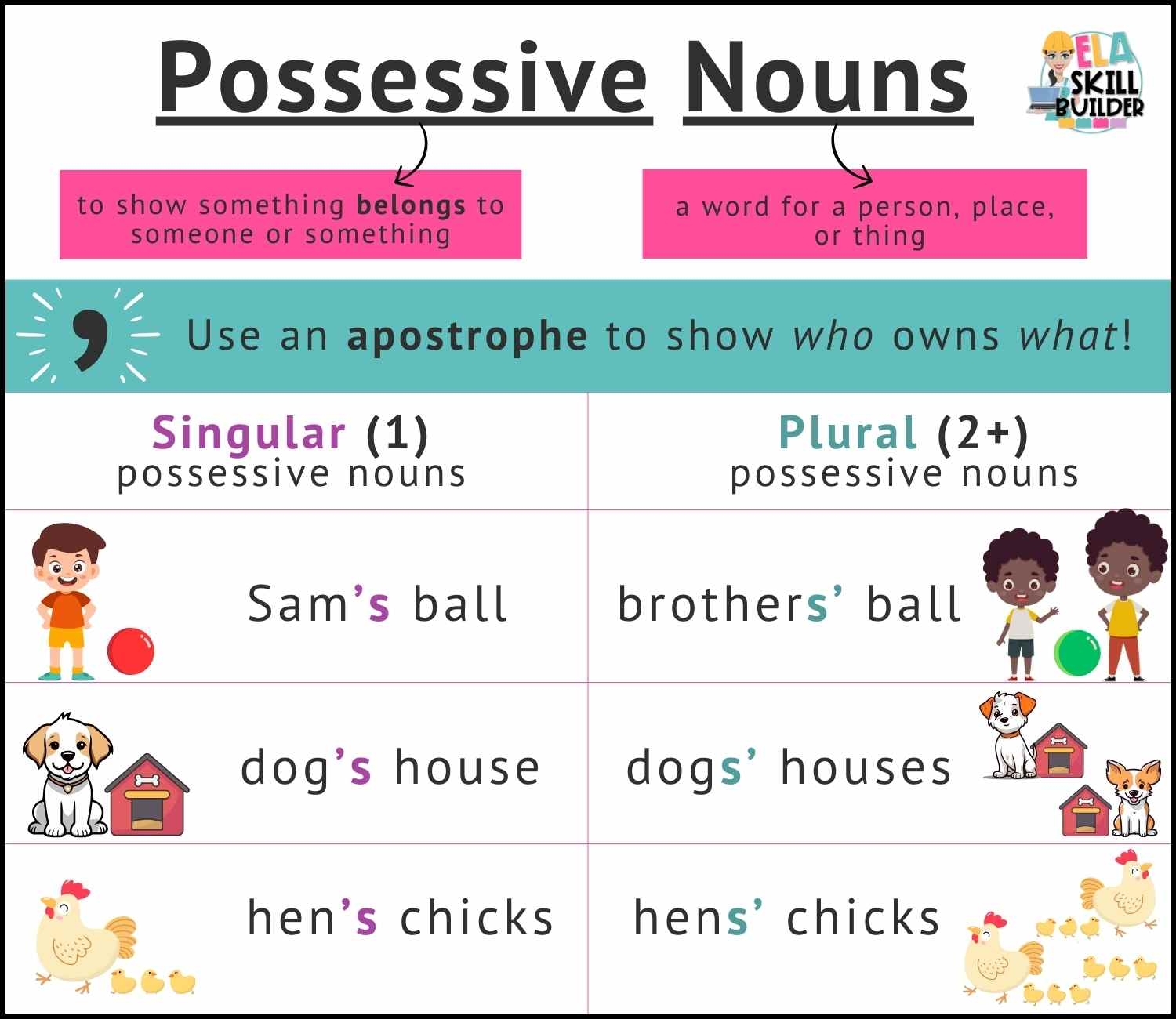Understanding the difference between plural possessive and singular possessive can be confusing for many individuals. However, knowing when to use each form correctly is essential for effective communication. Plural possessive and singular possessive are both forms of possessive nouns that indicate ownership or relationship. Let’s delve deeper into the distinctions between the two.
Plural possessive nouns are used to show ownership or relationship for more than one person, place, or thing. In these cases, an apostrophe is placed after the ‘s’ at the end of the plural noun. For example, “The students’ notebooks were filled with colorful drawings.” In this sentence, the notebooks belong to multiple students, so the possessive form is plural.
On the other hand, singular possessive nouns indicate ownership or relationship for only one person, place, or thing. In this case, an apostrophe is placed before the ‘s’ at the end of the singular noun. For instance, “The dog’s tail wagged excitedly.” Here, the tail belongs to a single dog, making it a singular possessive noun.
It is important to pay attention to the number of individuals or objects being referred to in a sentence to determine whether to use plural possessive or singular possessive. For example, when talking about a family’s vacation plans, you would use plural possessive if the plans involve multiple family members. However, if the vacation plans are specific to only one family member, singular possessive should be used.
Another common mistake is confusing plural possessive with plural nouns. Plural nouns simply refer to more than one person, place, or thing, while plural possessive nouns show ownership or relationship among multiple individuals or objects. For instance, “The teachers’ lounge is a place for educators to relax.” In this sentence, the lounge belongs to multiple teachers, making it a plural possessive noun.
In conclusion, understanding the difference between plural possessive and singular possessive is crucial for clear and effective communication. By paying attention to the number of entities being possessed or owned, you can determine whether to use plural possessive or singular possessive in your writing. Practice using both forms correctly to enhance your grammar skills and convey your ideas more accurately.
